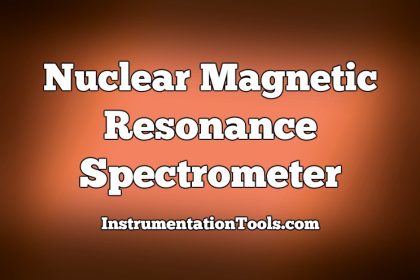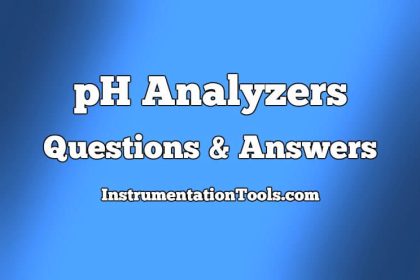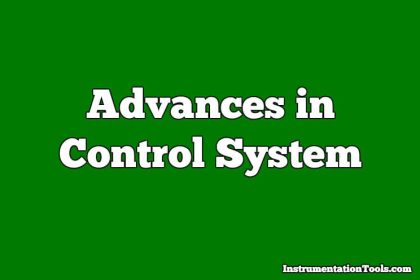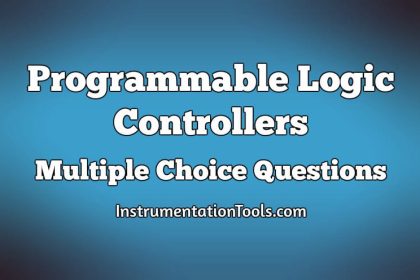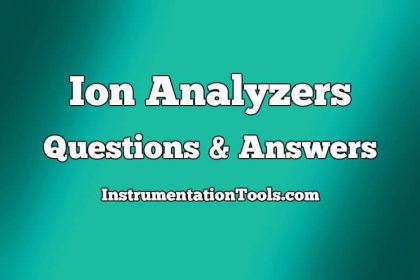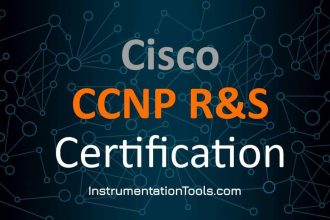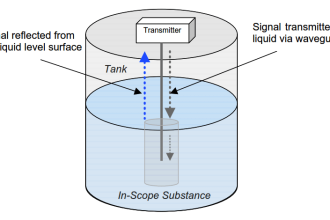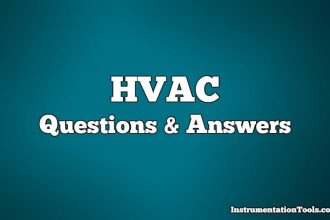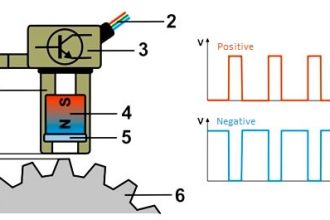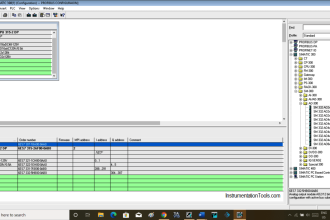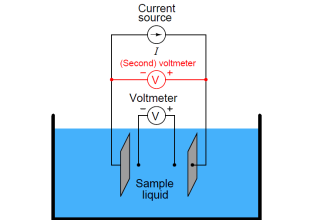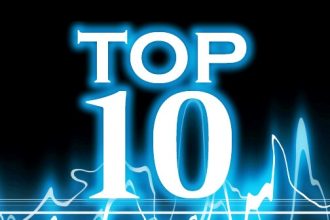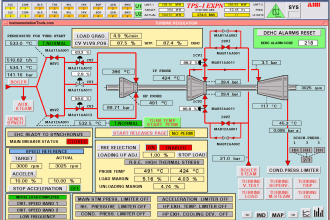State Variables & Linear Discrete Time Systems
1. Which of the following can be used as a tacho generator in control systems?
a) Microsyn
b) DC servomotor
c) AC servomotor
d) Magnetic Amplifier
Answer: c
Explanation: Tacho-generator in the control system is used to manage the speed and convert the speed into measurable terms and AC servomotor can be used as Tacho generator in control systems.
2. Consider the function F (s)= 5/s(s2+3s+2), the initial value of f(t) is:
a) 5
b) 5/2
c) 5/3
d) 0
Answer: d
Explanation: For initial value theorem in which time is at t =0 and for the frequency which is the inverse of time, the value of s is replaced with infinity and hence the value obtained is 0.
3. An electric motor is developing 10KW at a speed of 900rpm. The torque available at the shaft is:
a) 106 N-m
b) 66 N-m
c) 1600 N-m
d) 90 N-m
Answer: a
Explanation: The formula of the Torque =9.544*Power/speed in rpm and unit is N-m and by this the value of the torque can be calculated.
4. Assertion (A): Many of the linear control system transfer function do not have poles or zeroes in the right half s-plane.
Reason (R): These are called minimum phase transfer function.
a) Both A and R are true and R is correct explanation of A
b) Both A and R are true and R is not correct Explanation of A
c) A is True and R is false
d) A is False and R is true
Answer: a
Explanation: For minimum phase systems the poles and zeroes must be on the left side of the s-plane and for the systems which have zeroes on the right half of the s plane are called non-minimum phase systems.
5. The tacho meter has sensitivity of 5V/1000rpm. The gain constant of the tacho meter is:
a) 0.48V/rad/sec
b) 0.048V/rad/sec
c) 4.8V/rad/sec
d) 48V/rad/sec
Answer: b
Explanation: Gain constant = 5*60/2p*1000(V/rad/sec)
0.048 V/rad/sec.
6. The closed loop transfer function of a unity negative feedback system is 100/(s2+8s+100). Its open loop transfer function is:
a) 100/s+8
b) 1/s2+8s
c) 100/s2-8s
d) 100/s2+8s
Answer: d
Explanation: For unity feedback system the closed loop transfer function is: G/1+GH and the open loop transfer function can be calculated by balancing the value of G.
7. The impulse response of a linear LTI system is given as g (t) = e(-t)The transfer function of the system is equal to:
a) 1/s
b) 1/s(s+1)
c) 1/(s+1)
d) s/(s+1)
Answer: c
Explanation: Impulse response is just the Laplace transform of the transfer function and the response is just the Laplace transform of the forward path block.
8. In a closed loop for which the output is the speed of the motor, the output rate control can be used to:
a) Limit the speed of the motor
b) Limit the torque output of the motor
c) Reduce the damping of the system
d) Limit the acceleration of the motor
Answer: a
Explanation: For motor to be the closed loop system the output of the system is the speed of the motor and output rate can be to limit the speed of the motor.
9. In servo-system, the device used for derivative feedback is known as:
a) Synchro
b) Servomotor
c) Potentiometer
d) Tacho generator
Answer: d
Explanation: Tacho generator provides the derivative feedback when used in a servo system and it controls the speed of the servo-system by providing the value of the speed as feedback.
10. The transfer function of any stable system which has no zeros or poles in the right half of the s-plane is said to be:
a) Minimum phase transfer function
b) Non-minimum phase transfer function
c) Minimum phase frequency response function
d) Minimum gain transfer function
Answer: a
Explanation: For a minimum phase system all the poles and zeroes of a transfer function must lie on the left of the imaginary axis and these type of the systems if causal are always stable.


